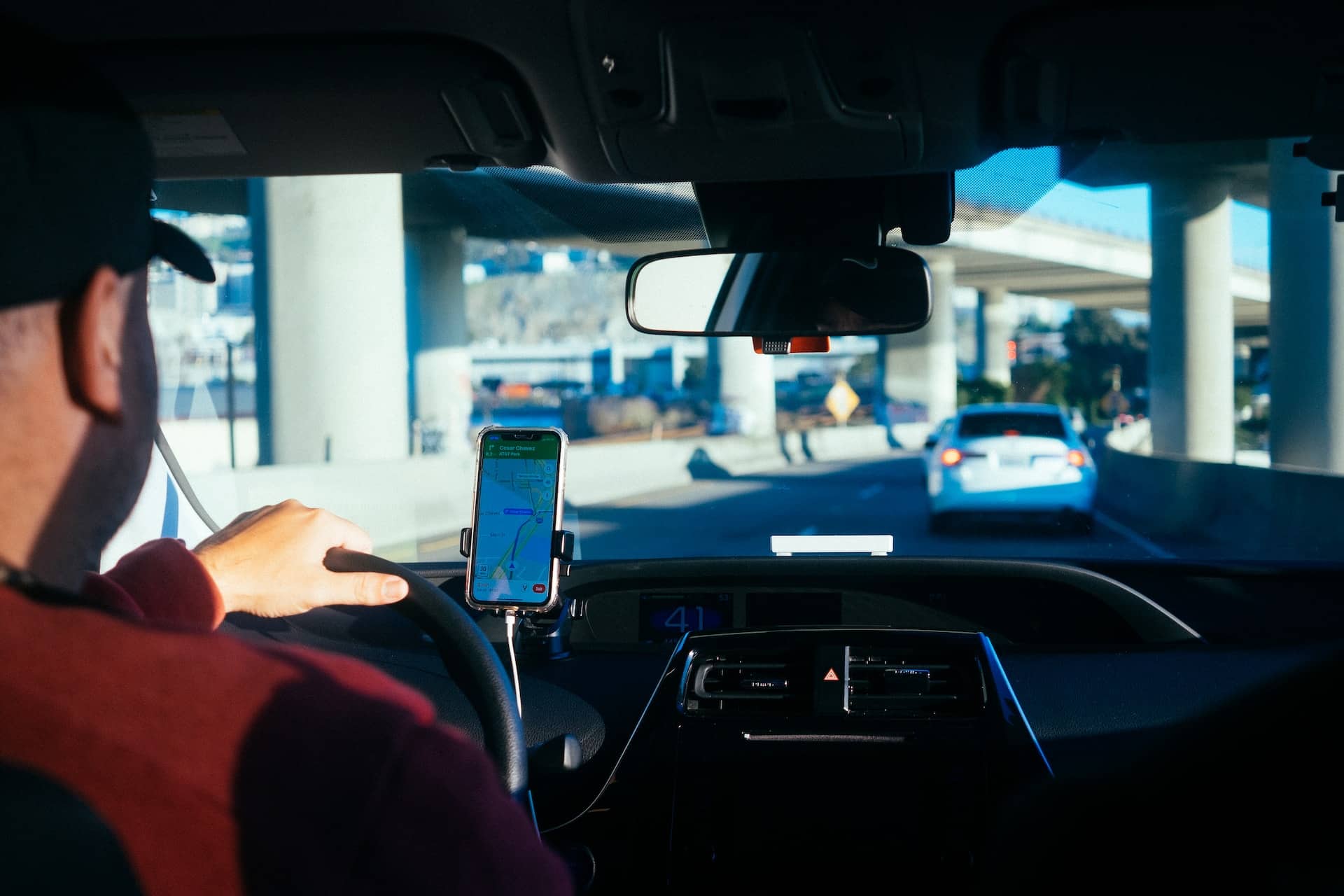
Which Cloud Logistics Applications Could Help Your Business?
February 18, 2023 - Emily Newton
Revolutionized is reader-supported. When you buy through links on our site, we may earn an affiliate commission. Learn more here.
Logistics professionals have dealt with, and continue to face, extraordinary challenges, ranging from shutdowns associated with the COVID-19 pandemic to long-term supply chain shortages. Many of them are starting to use cloud logistics tools to overcome these obstacles.
People who are interested in potentially bringing cloud computing into their logistics strategies typically want to get an idea of how to do it first. Here are some compelling ways to deploy cloud technologies into logistics operations.
Mitigate Potential Disruptions With Digital Twins
Digital twins allow the running of realistic simulations of real-life assets. Perhaps a leading supply chain company wants to build a new facility. A digital twin helps them understand the impacts of certain design decisions before agreeing to proceed with them.
How much could the company improve traffic flow by putting an entrance in one area versus another? Would it really make a meaningful difference to make the facility bigger than planned? Digital twins can answer these questions and others. They also usually rely on cloud-stored data.
Digital twins can also aid in planning for those “what-if” scenarios, such as factory fires or unplanned shortages. When logistics leaders can simulate those situations, it’s easier for them to figure out the best ways to react to them before they’re genuinely under pressure due to emergencies.
In another instance, researchers developed a cloud-based digital twin to aid decision-making during port operations. The people involved in developing the tool built it for the logistics professionals who dispatch trucks to ports. The hope was that the digital twin could help those people determine the best times to send the trucks to avoid delays.
This solution also let the dispatcher run several simulations that were all possible future outcomes. Then, it’s easier for them to react appropriately if those things happen. People can’t predict what will happen with certainty. However, thanks to cloud logistics tools like digital twins, it’s easier for them to prepare for various possibilities without getting caught off guard.
Optimize Last-Mile Delivery
Logistics leaders know that last-mile delivery poses many challenges. Cloud logistics tools can’t remove those difficulties, but they can often make them less prominent.
Consider how many fleet companies use vehicle telematics solutions to gain visibility over drivers and trucks. Doing that can help decision-makers plan maintenance schedules and engage in more-productive coaching with drivers who repeatedly operate their vehicles aggressively.
These vehicle-tracking solutions normally send data to the cloud, making it easy for authorized parties to view it at any time and from anywhere. They can also help dispatchers route vehicles around delays, improving the chances that deliveries get to their destinations on time.
One recently unveiled cloud logistics solution from Google offers turn-by-turn navigation and allows drivers to see all their assigned deliveries for the day. Plus, customers get updated delivery estimates, which increases the chances they’ll be home when their items arrive.
It’s impossible to know in advance when issues like road construction or traffic accidents could slow delivery drivers down. However, one of the main advantages of cloud-based routing software is that it gives dispatchers and vehicle operators options for avoiding those backups. Then, all logistics operations are more likely to run smoothly, even when unexpected circumstances arise.
Keep Perishable Goods in Acceptable Condition
Cloud logistics solutions are particularly advantageous when deployed to track delicate items that must stay within specific temperature ranges. They can tell logistics leaders precisely when a perishable item is outside its recommended temperature. That can happen due to any number of reasons. For example, a person might not shut a freezer door tightly enough, making the enclosure gradually become warmer. Alternatively, the refrigerated section of a truck might fail without the driver realizing it.
However, steering clear of these situations is possible when logistics decision-makers deploy connected Internet of Things (IoT) sensors. Each one can send real-time information to a cloud-based dashboard. Then, people notice and react to issues before they become catastrophes.
This approach also works well for ensuring supply chain partners meet minimum standards. Do employees from a specific company regularly handle goods roughly or keep them in temperatures that fall outside the recommended storage? If so, IoT sensors and cloud databases could collectively gather the evidence a client needs to put the supply chain partner on probation.
Cloud logistics tools can also offer better accuracy for telling customers when to expect perishable items. Whether those products are foods, medicines or something else, someone probably needs to be available to accept them on arrival. Alternatively, they’d need to leave a cooler outside for the delivery driver to use.
Cloud Logistics in Action
One cloud-based solution involved using machine learning models to improve delivery-time predictions. In that case, a Middle Eastern logistics company focused on digital transformation, and this solution fit into that goal. Leaders there knew it would help the business stay competitive.
They wanted to develop something that could predict the flight time from destination to origin. The company’s machine learning model learned from 6.3 million rows of data for training purposes. Interestingly, though, the training period only took eight hours.
Once the company started using the trained model, it experienced a 74% increase in delivery time accuracy. Call center volumes also declined by 40% since the machine learning algorithms helped customers receive better delivery estimates.
Create Spare Parts on Demand
Cloud computing can also support logistics companies in their efforts to keep things available when clients need them. Consider the recent case of DB Schenker, which became the first global logistics company to print components as required for clients.
This offering is one example of how 3D printing has been a game-changer for many industries. Many in-demand items are in short supply, causing some customers to wait months before receiving them.
DB Schenker will operate a cloud-based virtual warehouse and partner with an industry expert in 3D printing. That supporting company has already used 3D printing to make 80,000 parts from various materials.
Leaders at DB Schenker felt it was important to shorten the distances parts must travel to reach customers while simultaneously ensuring that clients get their orders filled as quickly as possible. Thus, when people order something from the virtual warehouse, the 3D printing happens as close to their locations as possible.
This is an updated take on how some companies have restructured their supply chains so that most of their partners are closer to the majority of their customers or an organization’s headquarters. 3D printing is already well-known as an efficient production option. This scenario shows how it could strengthen supply chains, too.
How Will You Use Cloud Logistics?
These are some of the primary ways that people use cloud logistics solutions. However, there’s no need to focus on one of those if you feel a different approach would work better for your business.
Think about the most pressing needs or challenges currently facing your company. Then, explore how cloud logistics might relieve those factors. That’s a great way to get off to a strong start as you see what the cloud can do.
Revolutionized is reader-supported. When you buy through links on our site, we may earn an affiliate commission. Learn more here.
Author
Emily Newton
Emily Newton is a technology and industrial journalist and the Editor in Chief of Revolutionized. She manages the sites publishing schedule, SEO optimization and content strategy. Emily enjoys writing and researching articles about how technology is changing every industry. When she isn't working, Emily enjoys playing video games or curling up with a good book.






